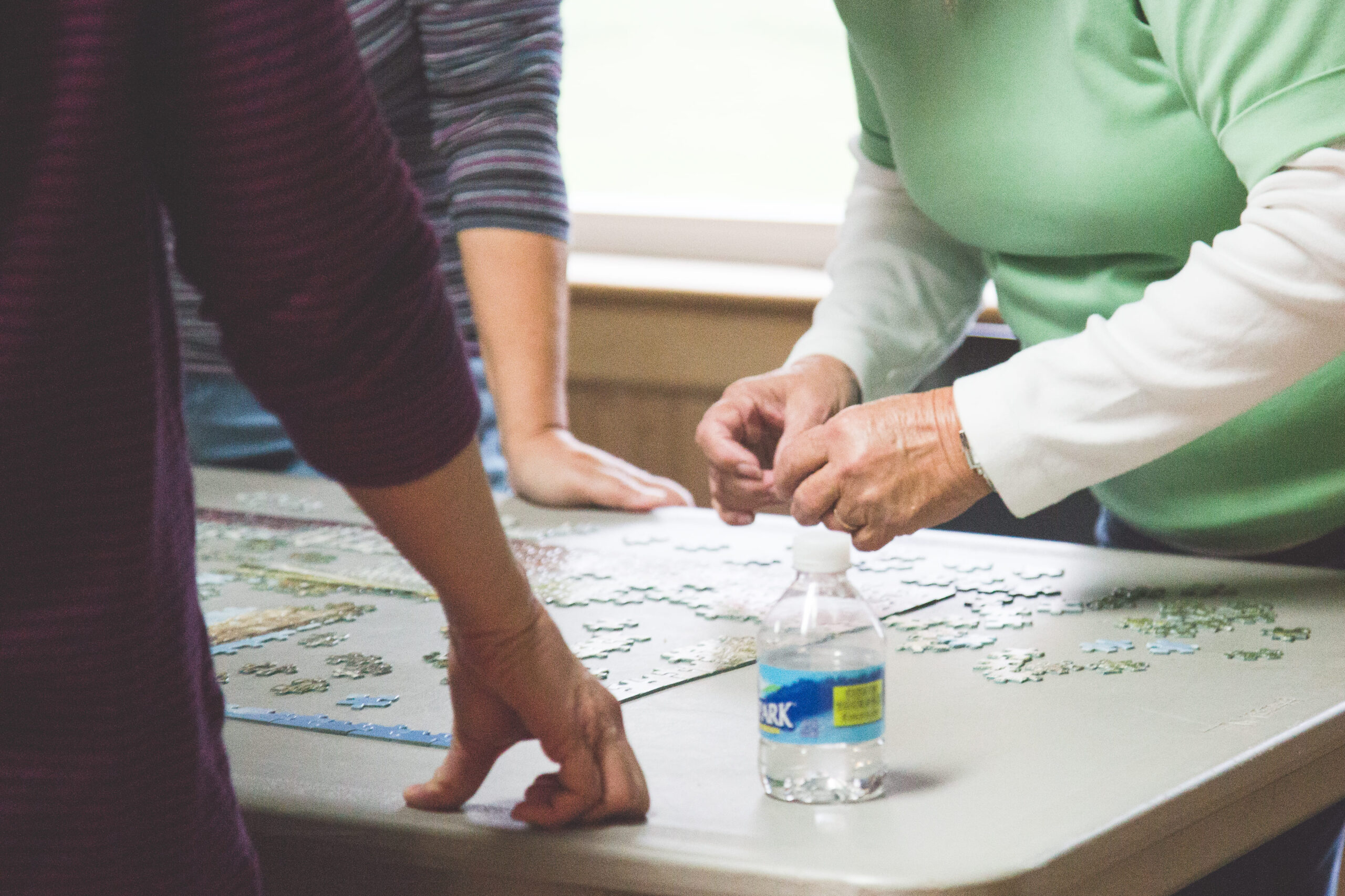MOOCs (Massive Online Open Courses) are Massive Open Online Courses (MOOCs), whose learning modality is online and aimed at an unlimited number of students who can have access to traditional course materials, such as reading information, videos and quizzes, which can be reinforced by online tutors. MOCCs have revolutionized distance education, but have they revolutionized learning? Learning must be adaptive and personalized. Otherwise, the results may not be positive.
In this TedEx Barcelona talk, Ivan Ostrowicz, co-founder of Domoscio, a company specializing in adaptive and personalized learning. According to Ostrowicz, all people learn differently so having an individualized and personalized education is ideal.
Iván Ostrowicz holds an engineering degree from the Polytechnic University of Catalonia and ENSIMAG, and an MBA from Neoma Business School. He has international experience in the field of information systems and organizational management, acquired in large companies such as Air France and EY. He is co-founder of Domoscio, a company specialized in adaptive and personalized learning.
According to Iván Ostrowicz
Since we’re going to talk about education, training and this sort of thing, let’s start with a little bit of participation. I’m going to ask you to raise your hand if you think we all learn in the same way.
Raise a hand and I’ve always finished the exercise and I’ve got about 23 people. I have done it all over Europe and always the same result.
It is a fact that we all learn differently and the reality is that we have an education system, where we have one teacher for 30 students. In the university system, it’s one teacher for 200. If we think about lifelong learning, or many of the modern learning systems, we have one teacher with one pedagogy. With one methodology for 10,000 20,000 or 100,000 participants.
But let’s go a little bit further and let’s see if you remember anything about when we learned in school. Let us complete this sentence together: I learn, you learn, he or she learns, we all learn.
At the end of the 19th century, Hermann Ebbinghaus, considered the father of experimental psychology in education, conducted an experiment in which he demonstrated that, after a month, if we do not study and do not review, we forget 80% of what we have learned.
So, we are faced with two facts: we all learn differently and we all forget what we learn. Therefore, it implies the challenges of how we personalize learning and how we make what we have learned, consolidate it and remember what we have learned.
Part of the answer can be found in cognitive science.
In 2010, Ming Zher Poh from Harvard and MIT, did an experiment of a device that connects a person and allowed to see the brain activity doing different activities. As you can see the brain activity in class was the same as when we watch TV. Sorry for the teachers that you are in the class is only with one particular teacher.
In the same sense, if we see for example, when we were in the lab and we are experimenting there is much more activity and when we are doing exercises there is also much more activity.
In fact, in 2006 Rodriguez, conducted an experiment to find out what was a good study method and separated groups to which they had to learn from a text:
The first group, he allowed to read the text four times.
The second group read the text once and had them do a battery of exercises three times.
After a month, he found that the people who had done two exercises remembered 52% more of what they had learned and, above all, had spent four times less time studying.
I could go on and on about Leitner’s system. It is a system of cards where you have a question on one side and answers on the other, which you put further away in a drawer as you learn about learning speeds, learning preferences and different intelligences.
And so we can follow another part perhaps of the answer and we can find it in new technologies.
If today we talk about new technologies in education it is big data. What is big data? It’s that impossible because we generate data all the time. When we use the phone, when we use the platform, when we are on the internet and all this, today it is very easy to store it. It’s cheap and we can easily access this information.
Think about when you put something in Dropbox, that both of them are copied by different systems, but on the other hand with big data it is possible as well. We have a computational capacity of a power that didn’t exist before, which in fact is also cheap and easy to access. So all the artificial intelligence algorithms developed between the 80s and 90s of the last century are completely relevant again and allow us to do things that we couldn’t do before. So if we combine the two the cognitive sciences with big data and artificial intelligence.
Adaptive and personalized learning
In fact, IBM in 2013 considered the combination of these three fields to be the five technologies that were to emerge and revolutionize the field of education. It’s only been three and it’s called adaptive and personalized learning. This consists of analyzing everything that students do on a platform: the exercise results; which path they have followed; have they consulted help; if they have better results when they watch a video, then do an exercise and then on a text. All this combined with the different elements that allow, experimentally, to propose a learning experience adapted to each person. Adapted to their level, their pace and their preferences.
We have already done this and have been working with a French publisher with content for 10 year olds in mathematics, French and English. The publisher provides the content adapted to work with these algorithms and we put it on a platform: on an app, on Ipads connected to our algorithms.
We see on this platform and we analyze everything the students do, which allowed that, with 400 students, 87% of our recommendations through this means were successful and allowed the student to reach the end of the process. That is, they learned something. On the other hand, when they were blocked because the content did not exist on the platform, it was very good, the content was more difficult, or for another reason, the teachers had learning analytics that allowed them to know each student, where he was and this already makes a human intervention.
On the other hand, as you can see in number two, what we did after they had learned something, is a question to see if they really understood the concept. From that question, what we did was to calculate when they were going to forget that concept, we made it easier for them to study. In other words, we made it easier for them to nail less CO2 and we sent them a question about the same concept and to refresh them this question was always changing. Because we didn’t want them to remember the question and not the concept behind it.
Another project is a customer project in a completely different situation. That is in the training of managers to be good bosses. In this case, the training is given in person with a teacher in which there were different role-plays. As in different situations, the boss had to behave and after the training day, we sent them a battery of questions with one question for each concept. With this, we knew what they had understood and what they had not understood.
From this point on, again we make them a review schedule, where we send them a question about the good concept so that they will not forget it. Just before what we forgot, we presented it. This obviously also shows that the time in which we forget something is not the same for each person. Nor for every concept. Maybe because we love mathematics and it is much less difficult for us to remember, but if we don’t like history we will have to work harder.
Results of Adaptive and Personalized Learning
The outcome was that, on average, people who underwent this training remembered 79% of what they had learned after three months. That’s 8 concepts out of 10. The person who used the system more reached up to 90%, while the one who used it less only remembered 5%.
Now, let’s address the issue of the many. Currently, there is a dropout rate between 75% and 95% for those who complete a MOOC. Only 5% to 25% successfully finish.
On the other hand, MOOC platforms have a large number of participants generating a wealth of data. We are currently working to incorporate our technology into these modes. We won’t just consider the path each person has taken or their exercise performance, such as how they respond, whether they prefer videos, or achieve better results by reading text.
What we will do is evaluate user responses in the forum. In other words, if a participant didn’t understand a concept and asked a question, and if the response is considered good by others, their score will be elevated.
We will take into account that score, recognizing that the person already knows and understands certain concepts well. Therefore, we don’t need to make them go through that chapter again, perhaps allowing them to progress faster or proposing a more challenging level. We aim to maintain engagement with a bit of participation. I wish I had this kind of solution when I was a student.
Today, many things are changing in education. The many, for instance, have improved access to training, but it hasn’t necessarily improved education itself. Considering that today we have to learn throughout our lives, this type of solution becomes even more crucial.
Big data for learning exists, and it’s called adaptive and personalized learning. It is disrupting pedagogical models globally, projecting a perspective of lifelong personal development. In essence, adaptive and personalized learning allows for better learning and longer retention.
Thank you very much!







